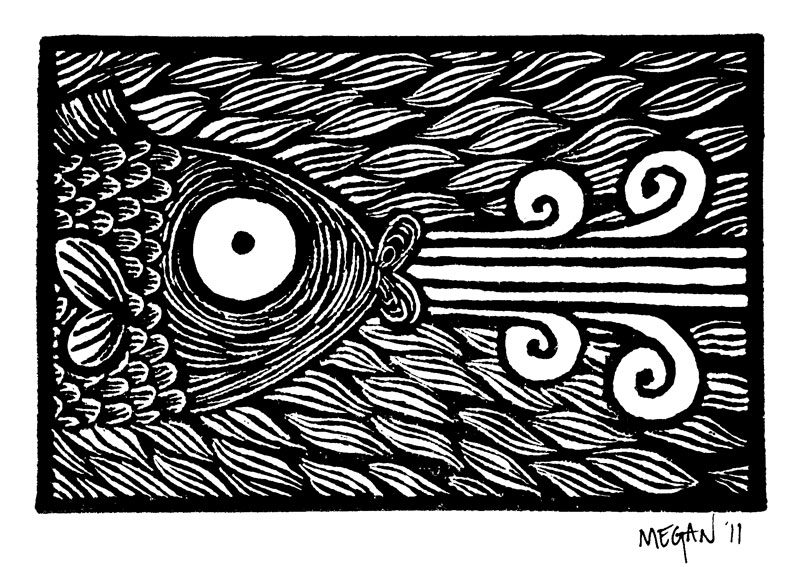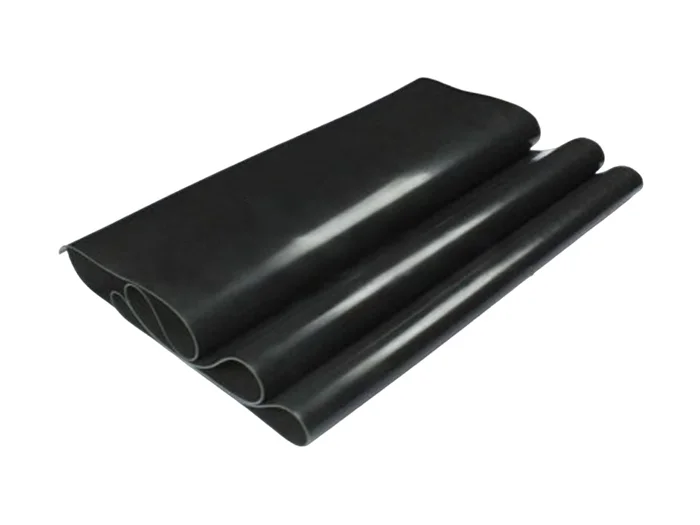Exploring the Distinctions: Additive Printing vs. Subtractive Printing
2 min read
In the realm of modern manufacturing and prototyping, two prominent techniques have revolutionized the way we create physical objects: additive printing and subtractive printing. While both methods serve the purpose of materializing digital designs, they differ significantly in their approach and application. This article aims to delve into the intricacies of these two techniques, highlighting their differences, advantages, and real-world applications.
- Additive Printing:
Additive printing, also known as 3D printing, is a process that builds objects layer by layer using a variety of materials such as plastics, metals, and ceramics. This technique starts with a digital model, which is sliced into thin layers. The printer then deposits material layer by layer, gradually forming the final object. Additive printing offers several advantages, including:
- Design Freedom: Additive printing allows for complex geometries and intricate designs that are challenging to achieve with traditional manufacturing methods. This freedom enables the creation of highly customized and optimized products.
- Material Efficiency: Unlike subtractive printing, additive printing only uses the necessary amount of material, minimizing waste and reducing costs.
- Rapid Prototyping: Additive printing enables quick and cost-effective prototyping, allowing designers and engineers to iterate and refine their designs at a faster pace.
Real-world applications of additive printing span various industries, including aerospace, automotive, healthcare, and consumer goods. It has been used to create lightweight aircraft components, personalized medical implants, architectural models, and even fashion accessories.
- Subtractive Printing:
Subtractive printing, also known as CNC machining, involves removing material from a solid block to create the desired shape. This technique starts with a solid block of material, such as metal or wood, and uses cutting tools to carve out the final object. Subtractive printing offers its own set of advantages, including:
- Material Versatility: Subtractive printing can work with a wide range of materials, including metals, plastics, and composites, allowing for the creation of durable and functional parts.
- Surface Finish: Subtractive printing often produces superior surface finishes compared to additive printing, making it suitable for applications where aesthetics and precision are crucial.
- High Accuracy: CNC machines can achieve high levels of accuracy and repeatability, making them ideal for producing parts with tight tolerances.
Subtractive printing finds applications in industries such as automotive, aerospace, electronics, and jewelry manufacturing. It is commonly used to create engine components, molds, circuit boards, and intricate metal jewelry.
Conclusion:
In summary, additive printing and subtractive printing are two distinct techniques with their own strengths and applications. Additive printing excels in design freedom, material efficiency, and rapid prototyping, while subtractive printing offers material versatility, superior surface finishes, and high accuracy. Understanding the differences between these techniques allows manufacturers and designers to choose the most suitable method for their specific needs, ultimately driving innovation and efficiency in various industries.


